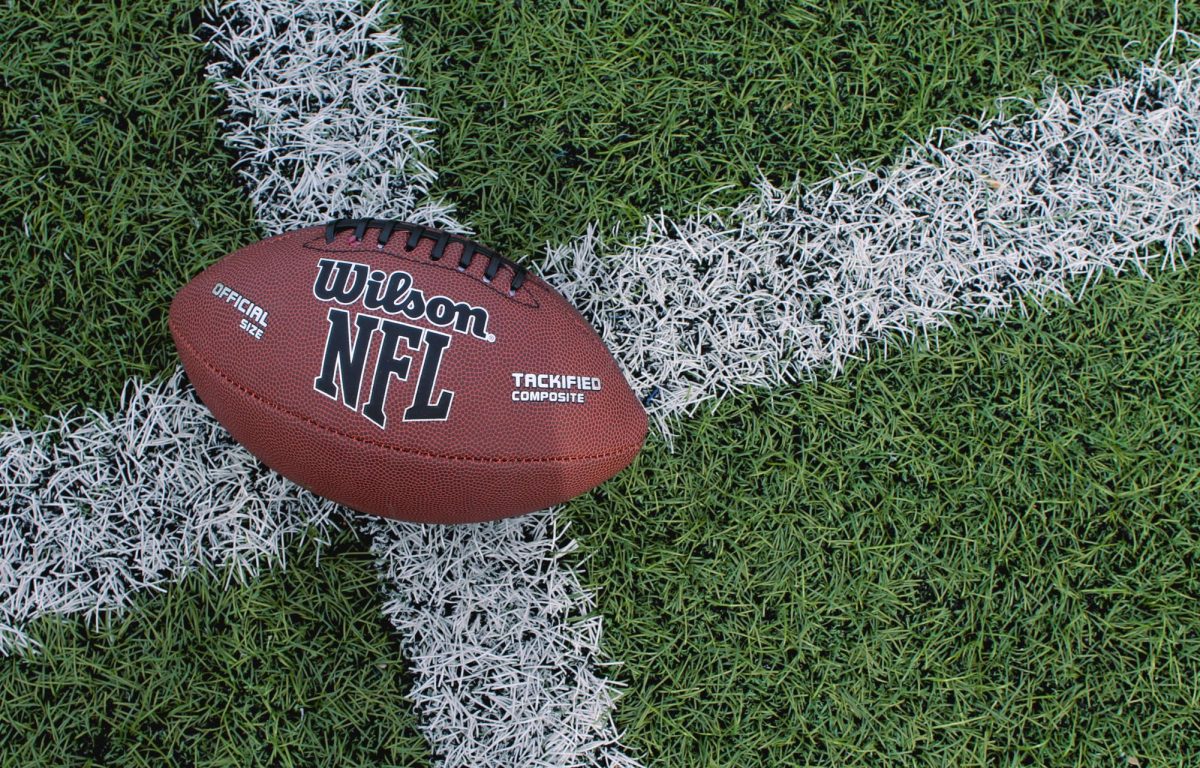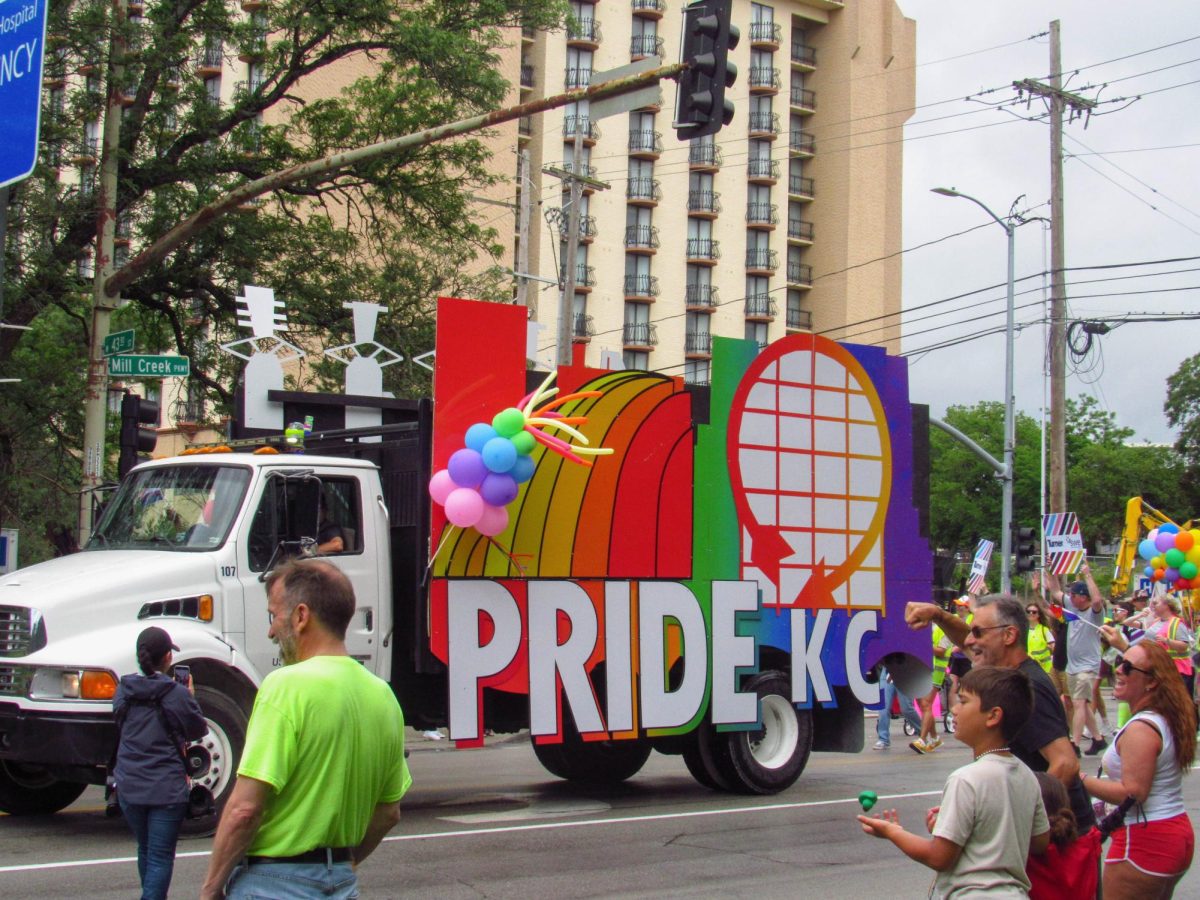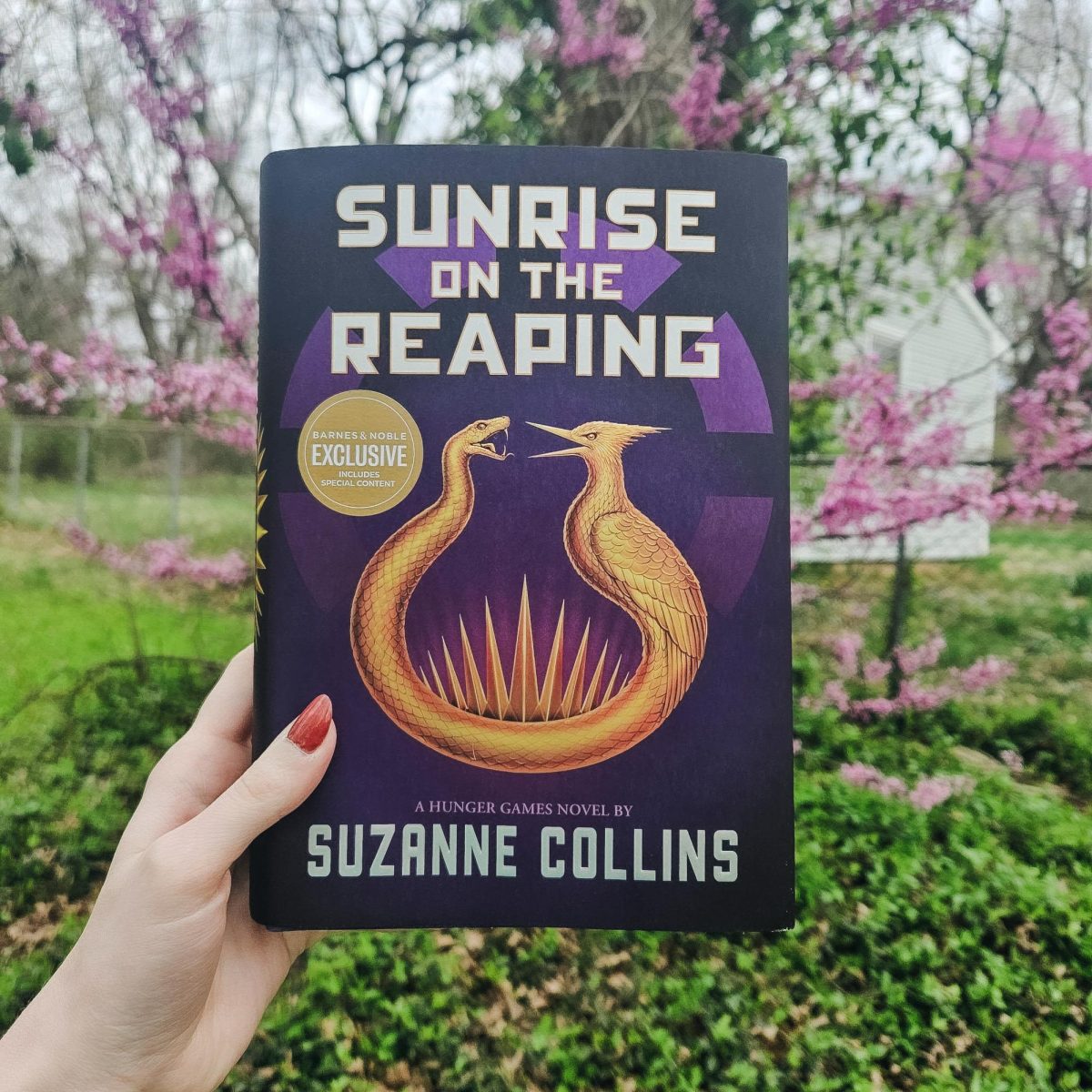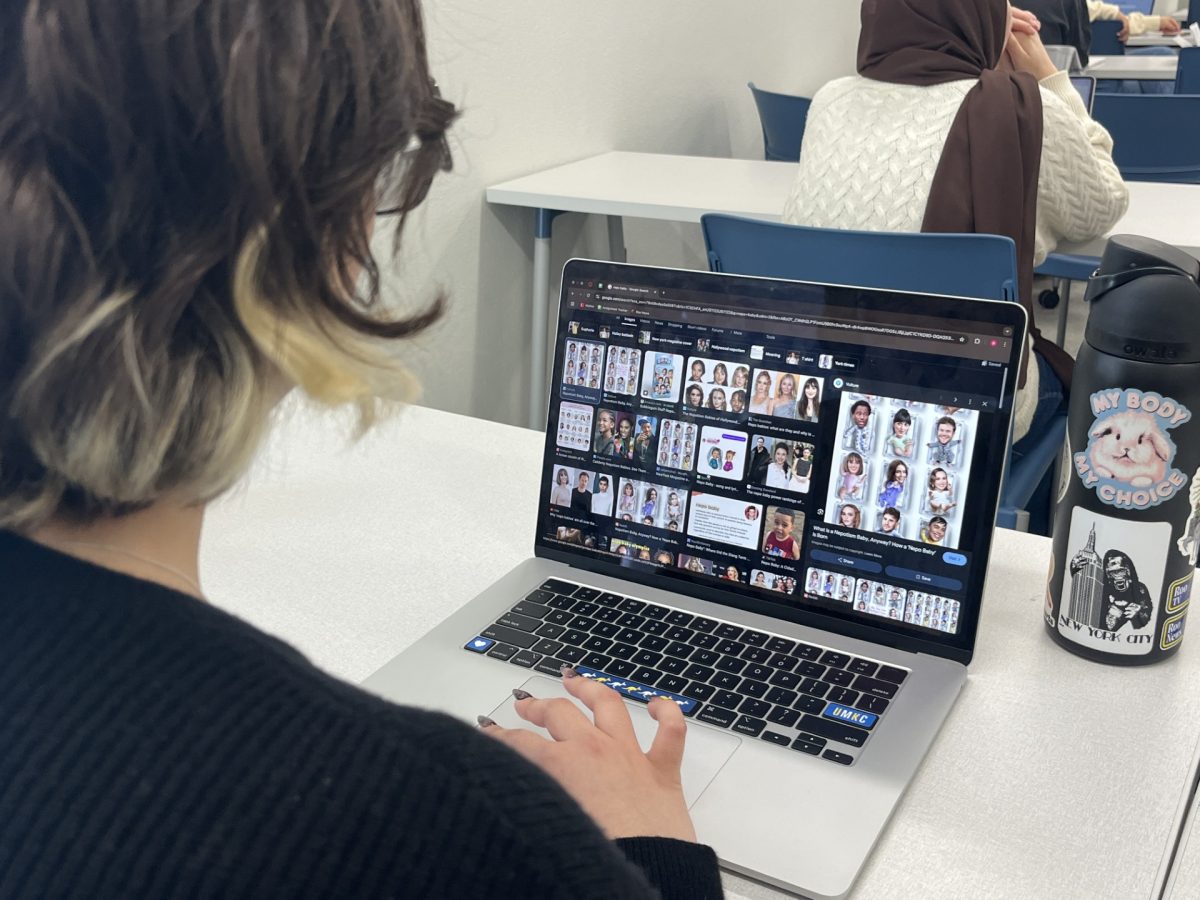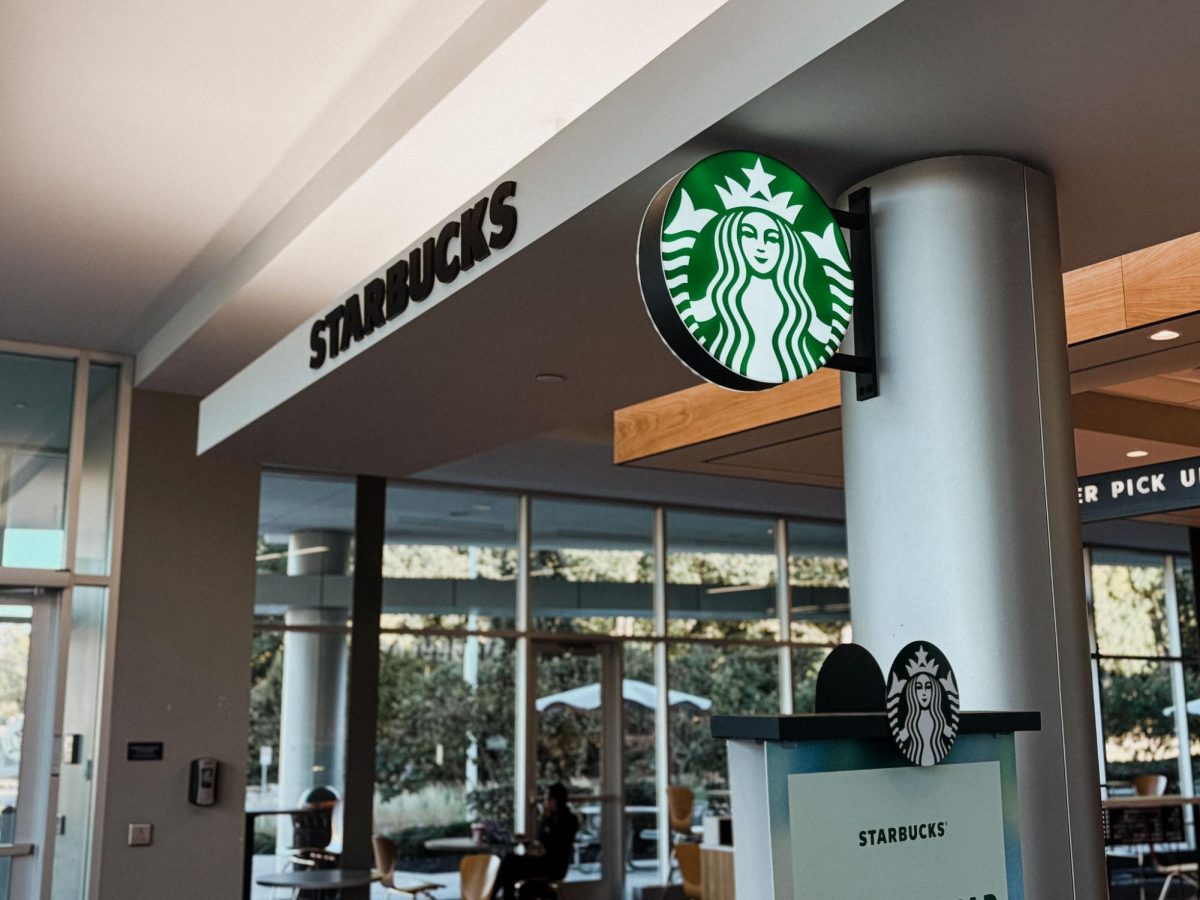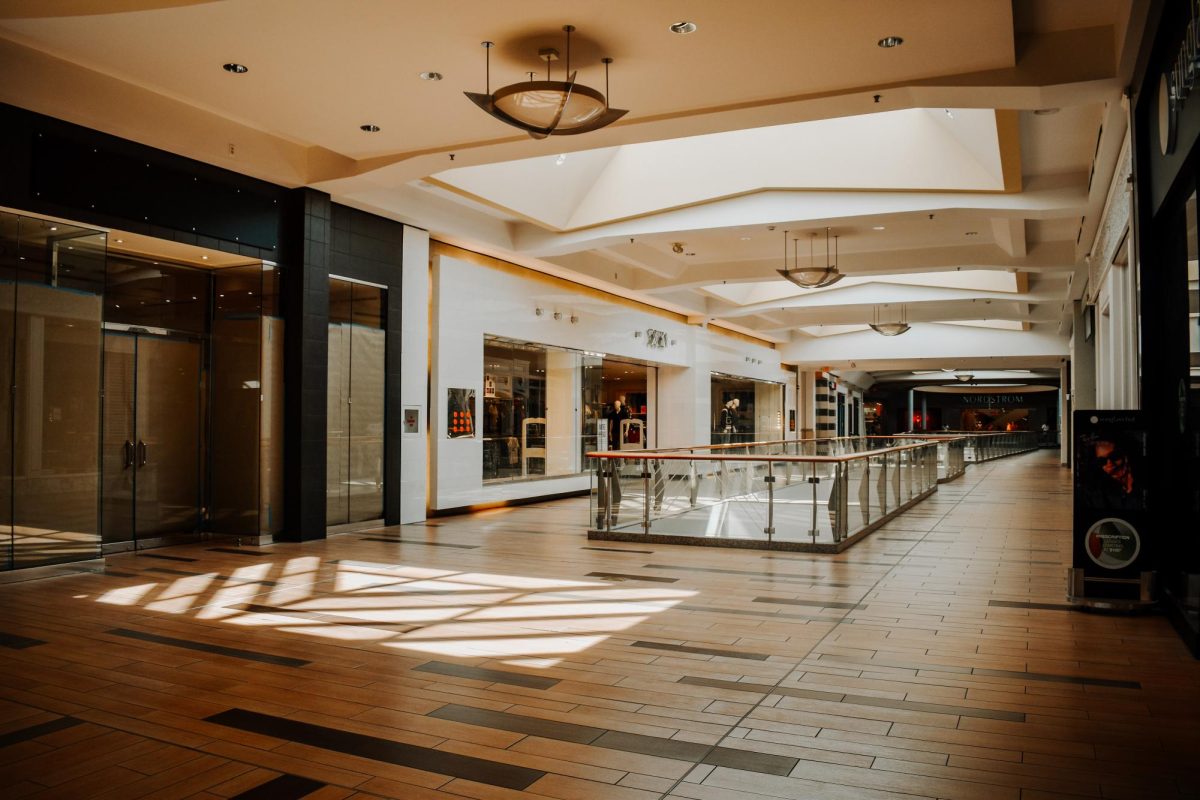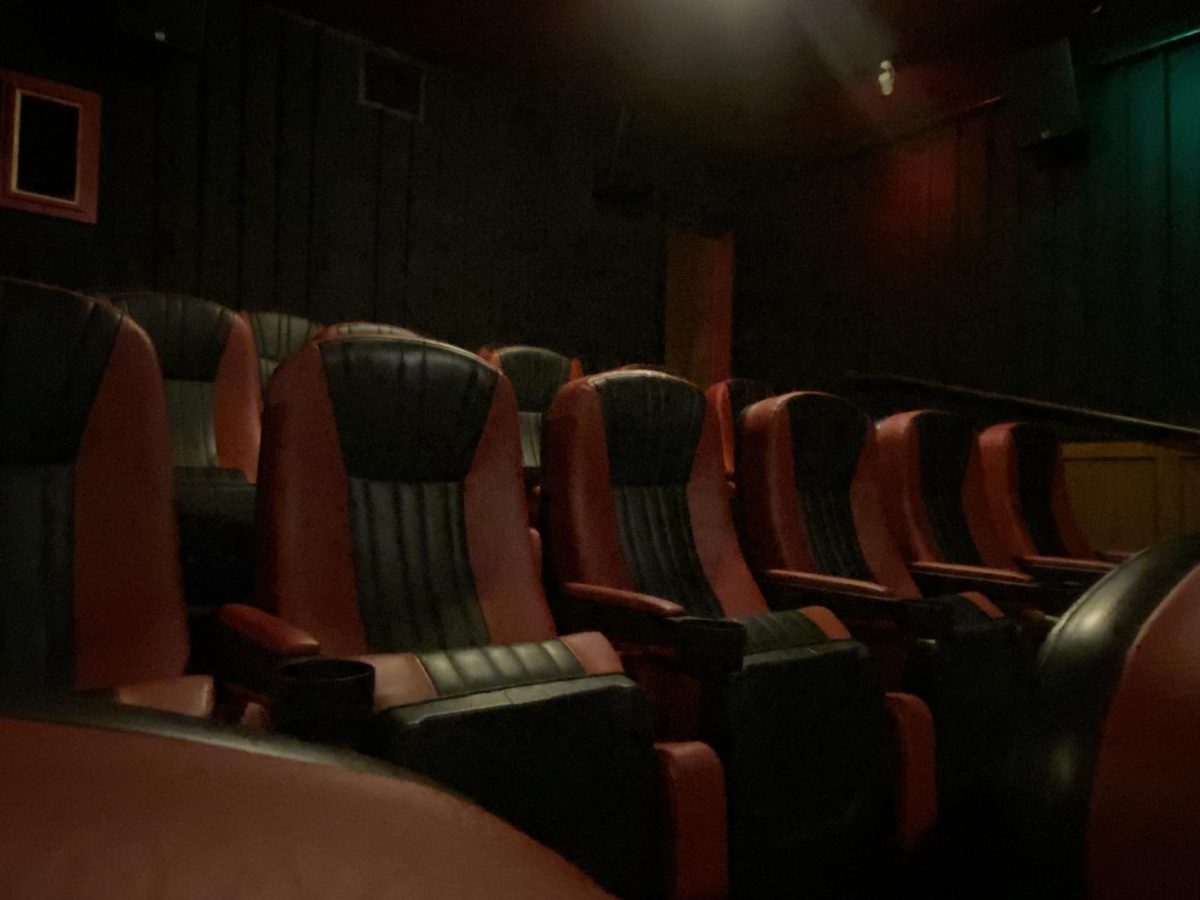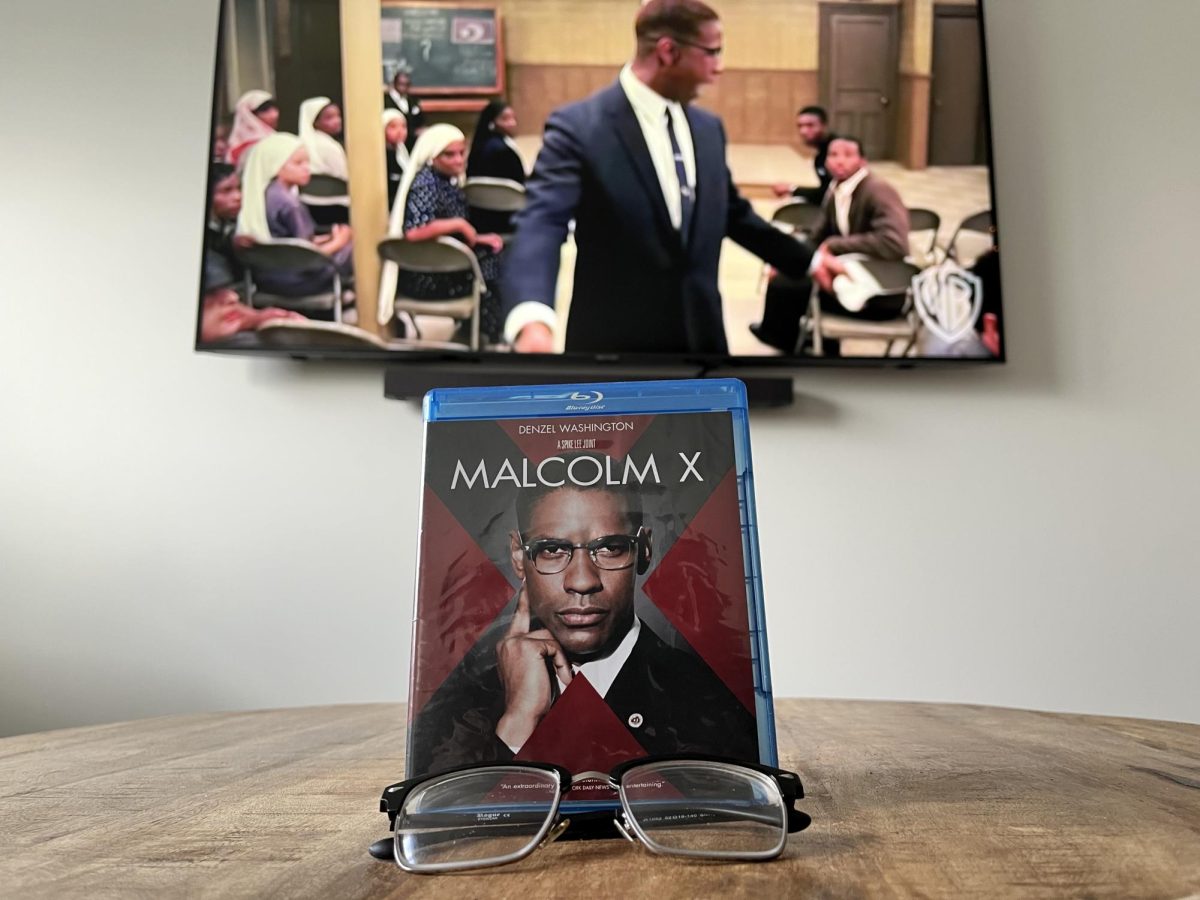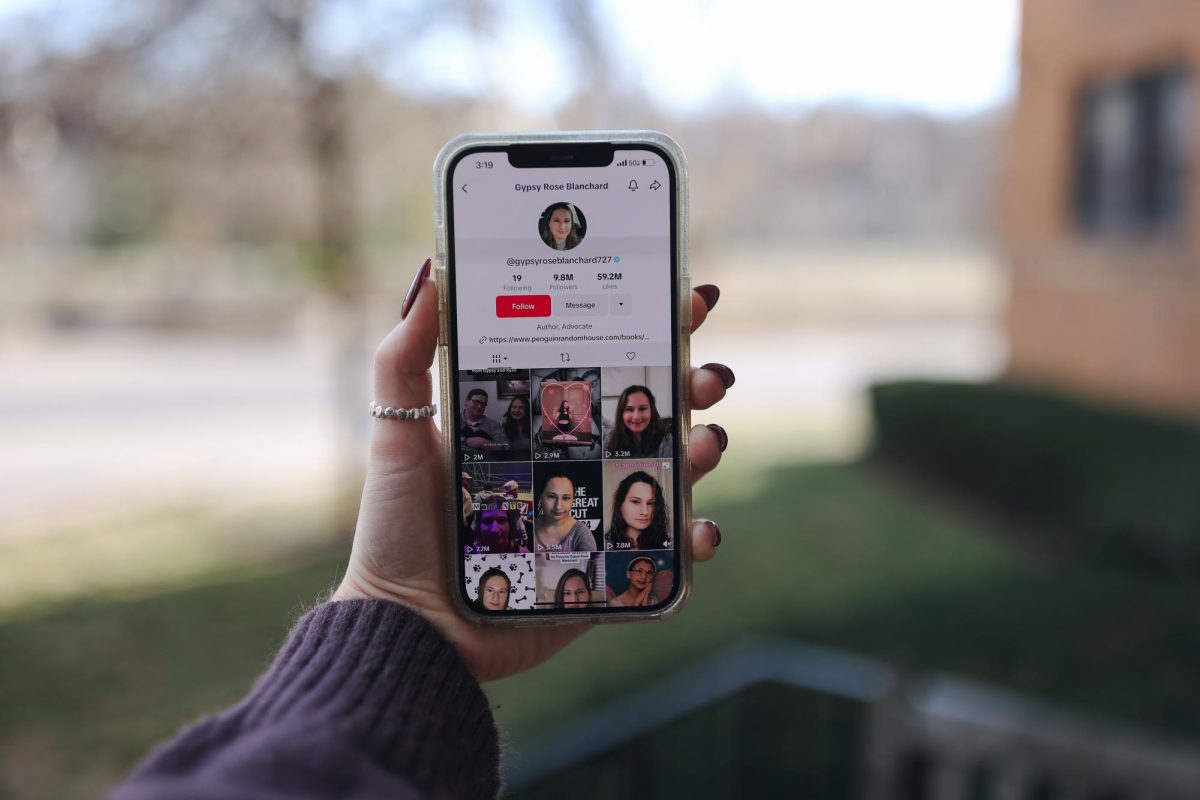As the Super Bowl approached with the promise of an epic showdown, many viewers eagerly anticipated a different battle off the field – the clash of creativity between brands during the commercial breaks.
The game has worked as a perfect stage to capture the attention of millions with outlandish advertisements.
However, the once awe-inspiring Super Bowl commercials seem to have lost their luster, leaving audiences yearning for the golden age of television marketing.
Iconic ads like Apple’s “1984,” Coca-Cola’s polar bears and Mountain Dew’s “Puppy Monkey Baby” not only entertained but also became embedded in the collective consciousness.
Now, it seems these commercials fall shorter and shorter every year.
“[The commercials] have just been overhyped,” said junior Lath Hick. “These companies just try way too hard to glorify themselves rather than showcase their products.”
One can’t help but notice the usual contenders’ shift towards mediocrity, as their creativity that defined a genre appears to be on the decline.
Recently, the commercial breaks have been forgettable, generic ads that rely on celebrity endorsements to be relevant.
So, the question becomes, “How did Super Bowl ads become normal ads?”
First, the so-called “golden age” of commercials came at a time when the quality of television simply wasn’t that great.
In the age of cutting-edge cinematography, the most outstanding Super Bowl commercials are, at best, a case of something we’ve seen a million times before on the screen – like the “Agent State Farm” commercial that relies on the all-too-common action movie tropes.
The second reason, however, is the low-risk tolerance of brands.
A 30-second ad slot during Super Bowl LVIII costs roughly $7 million, according to the Wall Street Journal.
Brands don’t want to spend that much money for their commercials to flop. So to mitigate that risk they fall back on what has worked for every other commercial. This leads to trite and oversaturated themes and plots.
These advertisements also fall short in the younger generation’s eyes simply because they are not made for us.
This year’s Super Bowl ads showed celebrities who held their peak relevance in the mid-to late-2000s, a time when most of Gen Z was still learning the alphabet and how to tie their shoes.
As we yearn for a time when Super Bowl commercials were more than just an annoyance during the game, it’s time for advertisers to rediscover the magic and relevance that made their commercials unforgettable.


